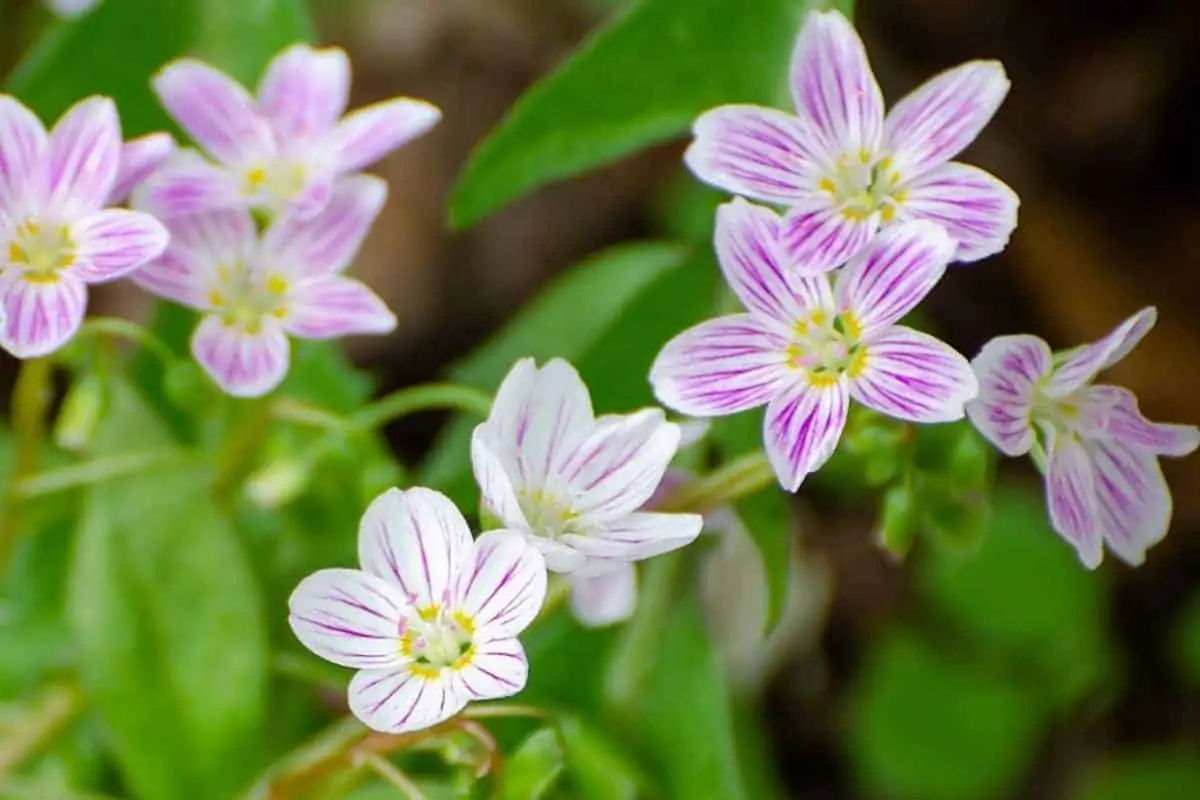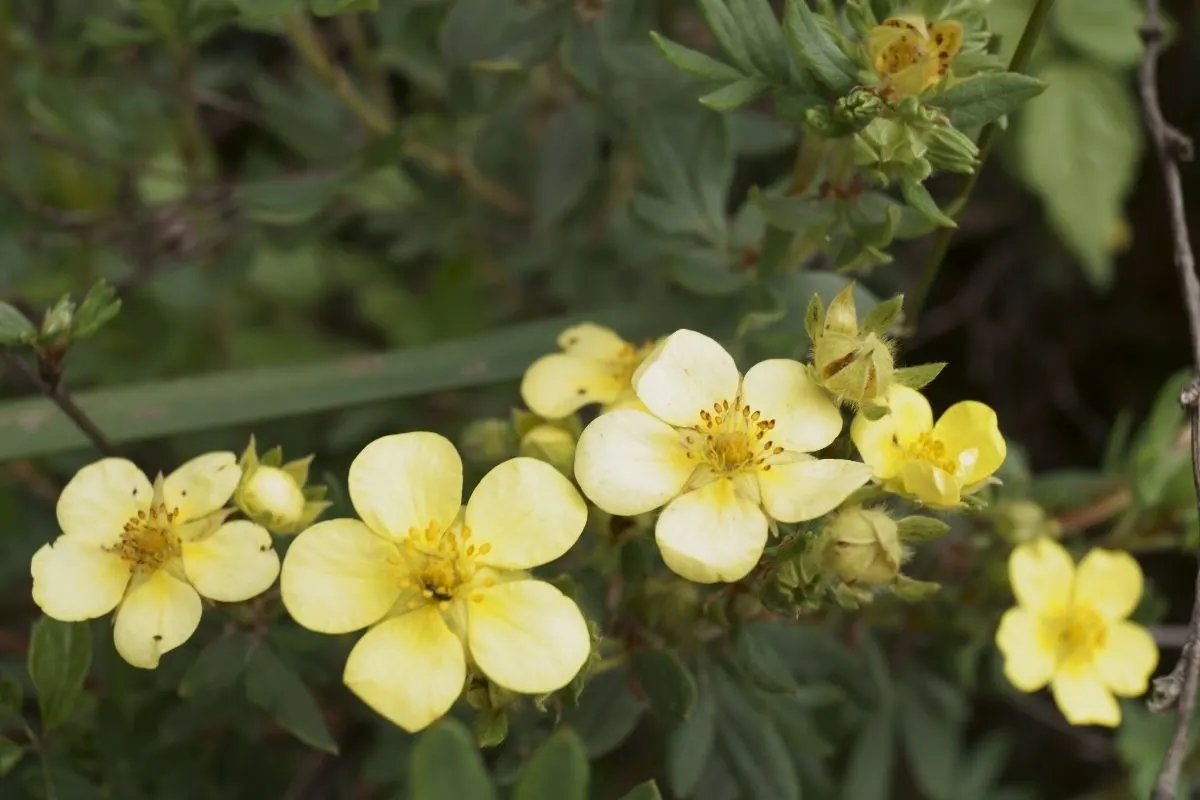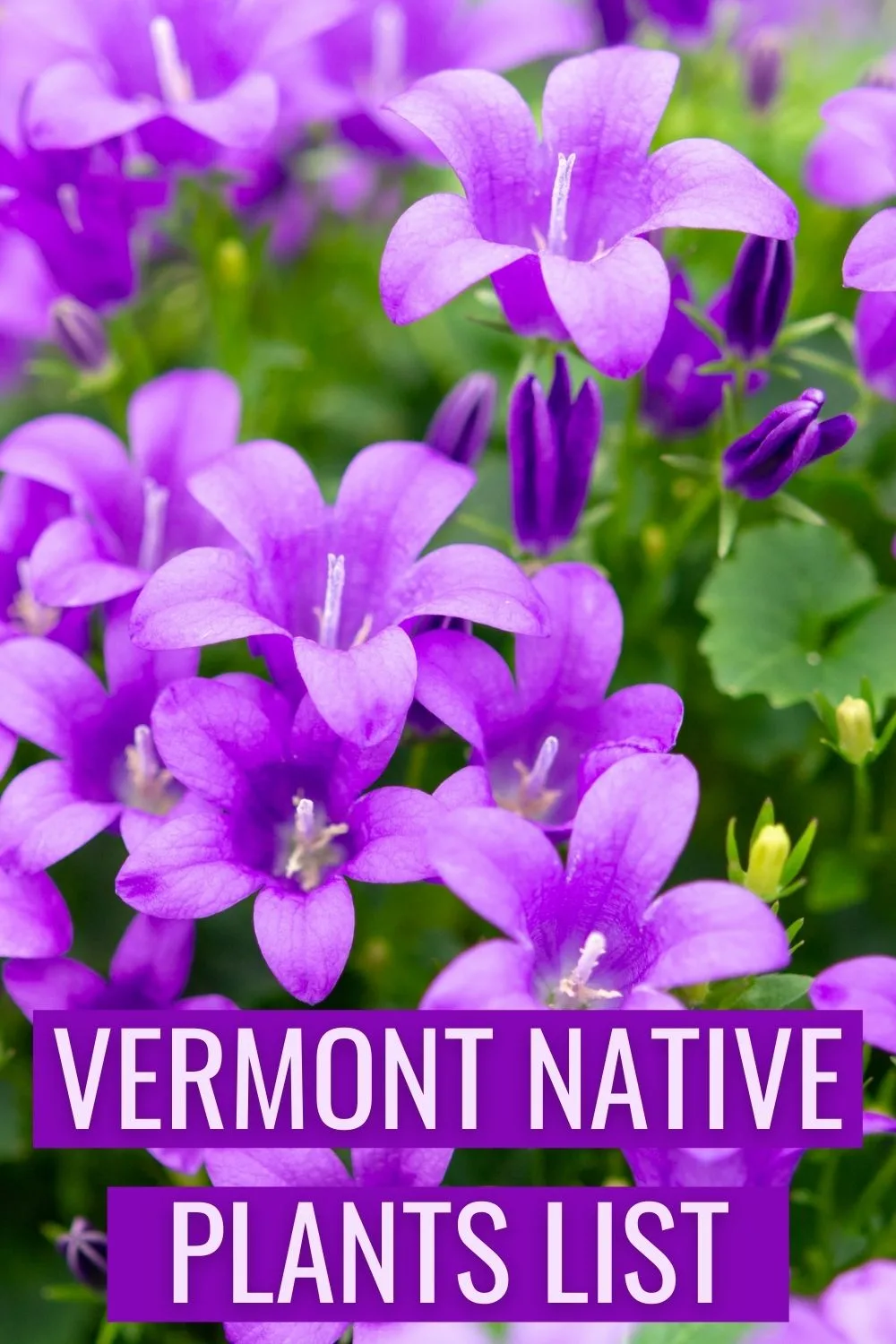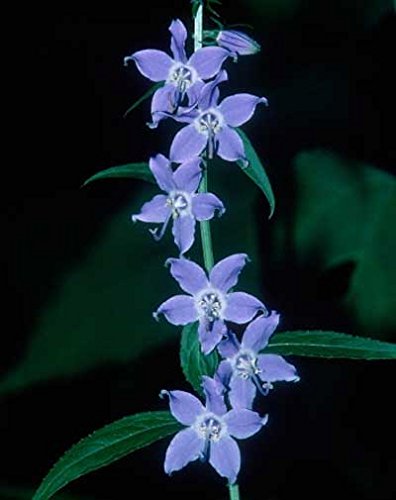Vermont is known for its natural landscape, still full of many untouched forests. This northeastern state of the United States has many native plants for you to appreciate. If you’re looking to build a garden or improve your landscape, it pays to go with native plants.
The state has over 1,585 native plant species to choose from, based on your area and climate. This Vermont native plants list will help you choose the best flowers for your garden. Of course, this is just a sampling of all that is native to the state. Some deeper research will help you select the best ones for your garden but here are some of our favorites.

Vermont native plants list
Here are some native plants in Vermont to consider for your garden or landscape.
1. Common yarrow (Achillea millefolium)
Common yarrow is a native plant to many areas. It grows about three feet tall, is very easy to care for, and virtually needs no maintenance. It sprouts clusters of white flowers with yellow centers at the tops of the stems.
Yarrow blooms from April to September and likes dry soil and full sun to part shade. It does well in drought or very dry areas. It makes a great garden plant and is hardy. Butterflies and bees are attracted to the flowers of common yarrow and it is such a simple, but beneficial plant.
2. Windflower (Anemone canadensis)
Next, we have windflower, a native of the buttercup family. It is also called Canada anemone, meadow anemone, and round-leaf thimbleweed. It grows from 1-2 feet tall and on the tops of the stems are a single solitary white flower. Each flower has a golden center, and it blooms from April to May.
It likes moist soil and part shade to full shade. Keep in mind this plant can easily become aggressive and may need trimmed back or controlled.
3. Pearly everlasting (Anaphalis margaritacea)
Pearly everlasting is a member of the aster family. It grows from 1-3 feet tall and is sometimes clumped together, giving it a bushy appearance. It likes dry soil and full sun to part shade.
The white and yellow flowers bloom from June to October and are commonly used in dried floral arrangements so you may be familiar with these flowers from there.
The flowers will attract butterflies to your garden. It’s also fairly low maintenance once it has been established in your garden.
4. American bellflower (Campanulastrum americanum)
American bellflower is a stunning blue flower with a showy, unique appearance that will look great in any garden or landscape. The stems grow from 3-4 feet tall and the lavender to blue five-petal flowers sprout from the very top. They bloom from June to August and like moist, rich soils and part shade.
Too much direct sun can burn them. This is a great flower for attracting hummingbirds to your garden.
5. Bluebell bellflower (Campanula rotundifolia)
The bluebell bellflower is very similar to the American bellflower. It is known by many names, including harebell, witches’ thimble, and bluebell of Scotland. It has tall, graceful stems that can reach 4-15 inches but are often weak and bend over from the weight of the flowers on top, or the wind.
The small blue to purple bell-shaped flowers, or sometimes white, will bloom from June to September. It likes dry, sandy, well-drained soils and full sun to shade.
6. New Jersey tea (Ceanothus americanus)
New Jersey tea is also called redroot. This member of the buckthorn family is a low, upright deciduous shrub that gets only about three feet tall. The white flowers grow in 2-inch heads at the tops. They bloom from March to April.
Redroot likes dry to moist soil and part shade to full shade. This makes a great choice for a ground cover. Butterflies are also attracted to the flowers when they bloom, as are birds.
7. Carolina springbeauty (Claytonia caroliniana)

Carolina springbeauty (and its close cousin, the Virginia springbeauty) are both native to Vermont. The stems grow about 4-12 inches tall and each one has a pair of smooth leaves. On the Carolina variety, the leaves are much wider. It blooms several pink or white flowers with dark pink veins.
They grow in loose clusters on the upper portion of the stems. They bloom from March to June and like moist to wet, rich soil and part shade.
8. Blue mistflower (Conoclinium coelestinum)
Blue mistflower also called wild ageratum or blue boneset is part of the aster family and grows about three feet high, although it does not always go that high.
It attracts bees and butterflies to your garden, but it can spread quickly and become aggressive. You may need to manage it to keep it under control.
The small blue flowers bloom from July to November making it a late-bloomer when compared to many others on the list. It likes moist soil and full sun to part shade.
9. Showy tick trefoil (Desmodium canadense)
Showy tick trefoil is a unique flower that is in the pea family. It’s a tall, hairy plant that can grow from 2-6 feet high and has many rose-colored, pea-like flowers in clusters at the tops of the stems. They bloom from June to September and in their native environment, you can find them in open woods, rocky or sandy prairies, or even on roadsides.
This plant is very adaptable but likes moist soil and full sun. Native butterflies and hummingbirds are drawn to it.
10. Cardinal flower (Lobelia cardinalis)
For something to really stand out and make a statement piece in your garden, consider the cardinal flower. This member of the bellflower family has stunning right red flowers that grow at the tops of 8-inch spikes.
It’s a fairly common flower that was once prone to over picking in the wild. It adapts well and is low maintenance in the garden, once established. It blooms from May to October and likes moist to wet soil and full sun to part shade. It is cold and heat tolerant but only mildly drought tolerant.
11. Wild lupine (Lupinus perennis)
Wild lupine is a tall plant that can grow from 1-2 feet in height with blue flowers growing up the stem in terminal clusters. Usually, the flowers are blue and purple but sometimes they can also be pink or white.
They bloom from April to July and do best in dry, sandy soils. Birds and small mammals eat the seeds from this plant.
12. Scarlet beebalm (Monarda didyma)
Next on our list is scarlet beebalm. This Vermont native is also known as wild bergamot. It’s part of the mint family and the leaves have a minty aroma when crushed. The bright red tubular flowers bloom at the tops of a square stem that is usually about three feet tall. It can bloom from midsummer to fall in some areas with blooming possible from May to October.
It likes moist, wet, acidic soil and full sun to part shade. The bright flowers will stand out in any garden or landscape.
13. Wild blue phlox (Phlox divaricata)
Wild blue phlox is sometimes called wild sweet William or Louisiana phlox, although it is also native to northern states like Vermont. The blooms are usually blue, lavender, or white, but can sometimes be red or pink or shades of purple, too.
It likes moist, rich, acidic soil and part shade to full shade. Full direct sun is too much for the wild blue phlox. It attracts all types of butterflies to your garden.
14. Swamp rose (Rosa palustris)
Swamp rose is an upright shrub in the rose family that grows to about 6-8 feet tall. It has bushy, thorny stems, dark green foliage, and blooms bright pink flowers with yellow centers in May and June. The fruit is red or orange.
Swamp rose likes wet, rich soil and full sun to shade. Birds are attracted to the plant and the flowers look beautiful in any garden. It’s also beneficial to native bees.
15. Black-eyed Susan (Rudbeckia hirta)
You may be familiar with the common and popular black-eyed Susan. It’s part of the aster family and resembles a smaller sunflower. It is typically considered an annual to short-lived perennial.
Rudbeckia is known for being a native prairie plant, but it’s also found in other areas, including throughout Vermont. The yellow-ray flowers have brown or black disk flowers in the center that form the “eye”. It blooms from June to October and likes moist to dry, well-drained soil and full sun.
16. Shrubby five-fingers (Sibbaldiopsis tridentata)

Last but not least is a plant often called shrubby five-fingers. Don’t let the funny name fool you because this plant has a lot to offer. This is a low perennial that grows only about 1-10 inches tall. It’s mat-forming and the flowers can appear in clusters.
The small, white or yellow flowers bloom from June to August and like acidic, rocky soil with full sun. When grown in direct sun, the leaves can turn a deep red color in the fall.
There are far too many native plants in Vermont for us to list them all here, but we hope you like some of the beautiful blooming choices we’ve picked out for you. Now you know about some of the great native plants available in this state. Let’s answer some additional questions about native gardening in Vermont.
Vermont native plants list FAQ
Let’s take a look at some frequently asked questions about native Vermont plant life.
What plants grow well in Vermont?
All of the plants on our list grow well in Vermont, as well as any of the other more than 1500 native plant species. To find the best plants for you, consider what does best and is native to your specific part of the state and soil and climate conditions.
Where can I buy native plants?
You can buy native plants from any plant nursery that specializes in native species. The Vermont Fish and Wildlife Department has some resources to help you find native plant sources. These include:
Intervale Conservation Nursery, Burlington
Drinkwaters Nursery Inc., St. Johnsbury
Champlain Valley Native Plant Restoration Nursery, Poultney
Vermont Wetland Plant Supply, Orwell
Miller Hill Farm, Sudbury
You can also find resources from UVM.edu, where they have compiled a list of suppliers in this PDF. Any of the suppliers on this list will be able to help you with finding native plants for your garden or landscape. There may also be experts available to answer any additional questions you may have.
How do I choose the right native plants for my garden?
In general, you want to pick plants that will do well in the conditions you have in your landscape. Choosing the right native plants for your garden comes down to understanding your soil and climate conditions and which plants do best there. If you’re having trouble deciding yourself, you could have an expert come in to do an audit on your landscape to help you learn more about what plants will thrive there.















